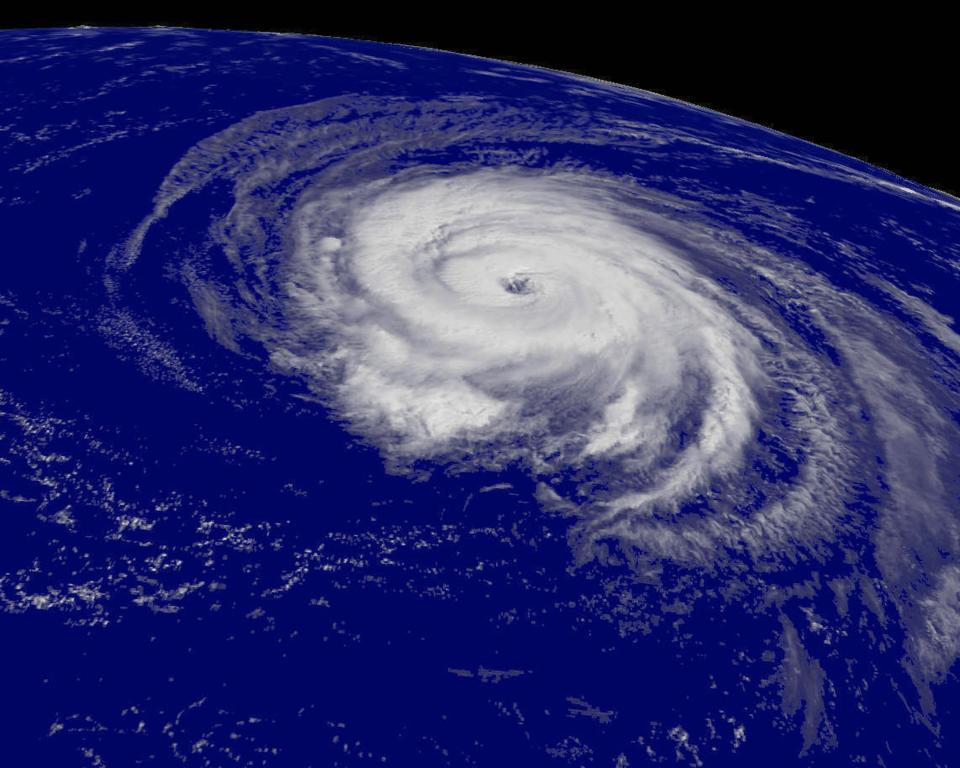August hasn't been this devoid of tropical storms since 1997. Is hurricane season over?
For the first time since 1997, not a single hurricane or tropical storm formed in the Atlantic basin in August. This includes storms that spin up in the Caribbean Sea and the Gulf of Mexico.
"It's been eerily quiet out there," Colorado State University hurricane researcher Phil Klotzbach told USA TODAY. In fact, Klotzbach said it is the first time since 1941 that there were no named Atlantic storms from July 3 to Aug. 30.
So far this season, back in June and July, three tropical storms have formed (Alex, Bonnie and Colin), none of which strengthened into a hurricane. A tropical storm becomes a hurricane when its sustained winds reach 74 mph.
HURRICANE FORECAST:Atlantic hurricane season off to slow start. But top forecasters still expect above-normal activity
Storms likely forming soon
There are three separate systems in the Atlantic as the calendar turns to September, the National Hurricane Center said. However, none of the three systems appears likely to have any impact on the U.S. in the days ahead.
One system spinning in the open Atlantic – which got the name Tropical Storm Danielle Thursday morning – appears likely to become Hurricane Danielle within the next two days, the Hurricane Center said. And another looks like it could become Tropical Storm Earl. Some computer models also show Earl strengthening into a hurricane over the next several days in the north Atlantic, far from land.
AUTUMN: Today is the first day of fall, meteorologists say. But it won't feel like it in the West.
SEPTEMBER STORMS? Sleepy hurricane season may wake up in September

Should we blame the TUTT?
So what happened to all the predictions of a "hyperactive" hurricane season? (The National Oceanic and Atmospheric Administration predicted that six to 10 Atlantic hurricanes would form this year, compared with the norm of seven.)
In part, Klotzbach blames a meteorological phenomenon known by the acronym "TUTT," which brings an increase in drier air and wind shear that can weaken developing storms.
HOW HURRICANES ARE CLASSIFIED: What is the Saffir-Simpson hurricane wind speed scale?
"The primary reason for the increase in shear and drier air has been frequent incursions of the tropical upper-tropospheric trough (TUTT)," he said. He said the TUTT is a low-pressure area at around 20,000-30,000 feet in the atmosphere that tends to reside in the western Atlantic Ocean during hurricane season.
In active Atlantic hurricane seasons, the TUTT tends to be weaker. But that hasn't been the case this year.
"The TUTT is typically associated with increased westerly shear as well as dry air being brought southward from the mid-latitudes," Klotzbach told USA TODAY.
So is hurricane season over?
"It's unclear at this point if we're just in for a super-quiet season where everybody busts their seasonal forecast, or if things will pick up markedly as we approach the season peak," he said.
The peak of the hurricane season is typically around Sept. 15.
What does the past show us? Since 1950, we've had two Augusts with no named storms: 1961 and 1997, Klotzbach said. And 1961 had an extremely busy September, and that ended up a hyperactive season, while 1997 was a strong El Niño year and was a below-average season.
INLAND HURRICANES: What is a derecho? These can cause tremendous damage
NEW REPORT: 2021's climate extremes show global warming has 'no sign of slowing'
This article originally appeared on USA TODAY: Hurricane season 2022 had the quietest August for storms since 1997

